

CHRISTMAS ORDERS ARE OPEN!
CLICK HERE TO PLACE YOUR ORDER.
Delivering for Christmas on the 22nd, 23rd and 24th of December, and for NYE on the 27th, 29th, 30th and 31st direct to your door.


It’s no surprise that Aussies have a healthy appetite for fresh ocean produce. Better still, practically all fish, from Tuna and Salmon to Mackerel and John Dory, are a boon for our overall health. In this blog we dive into some of the most popular and delicious fish varieties that you can work into your next meal. We also give you an educational insight into why fish can be an important part of a healthy and balanced diet.
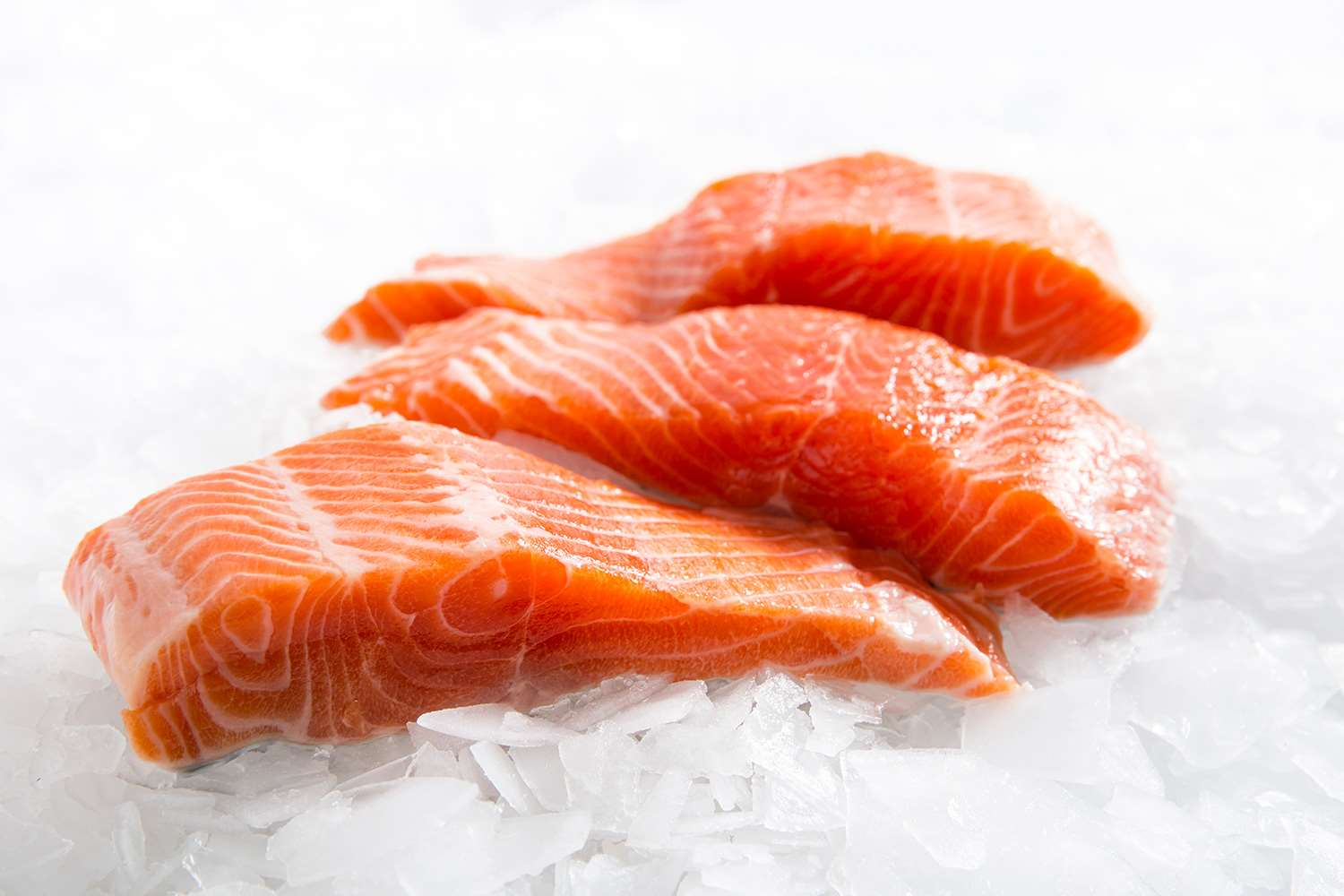
Ever wondered why Salmon is a staple of restaurant menus around the world? It might have something to do with its distinctive flavour and impressive versatility. From Salmon on toast with poached eggs and asparagus to a classic grilled or baked Salmon steak with vegetables, the culinary possibilities are endless.
A lean protein, Salmon can easily fit into a number of different diets, from keto and low-carb to gluten-free and paleo. The Tasmanian fresh Salmon, for instance, with its great-tasting pink to red meat, is a treat both for your health and your tastebuds.
Eating raw Salmon can be quite a treat with some dishes such as poke bowls and sashimi using it as the chief ingredient. But because of the sensitive nature of raw produce it’s important to make sure that any raw salmon you consume has been stored and prepared properly.
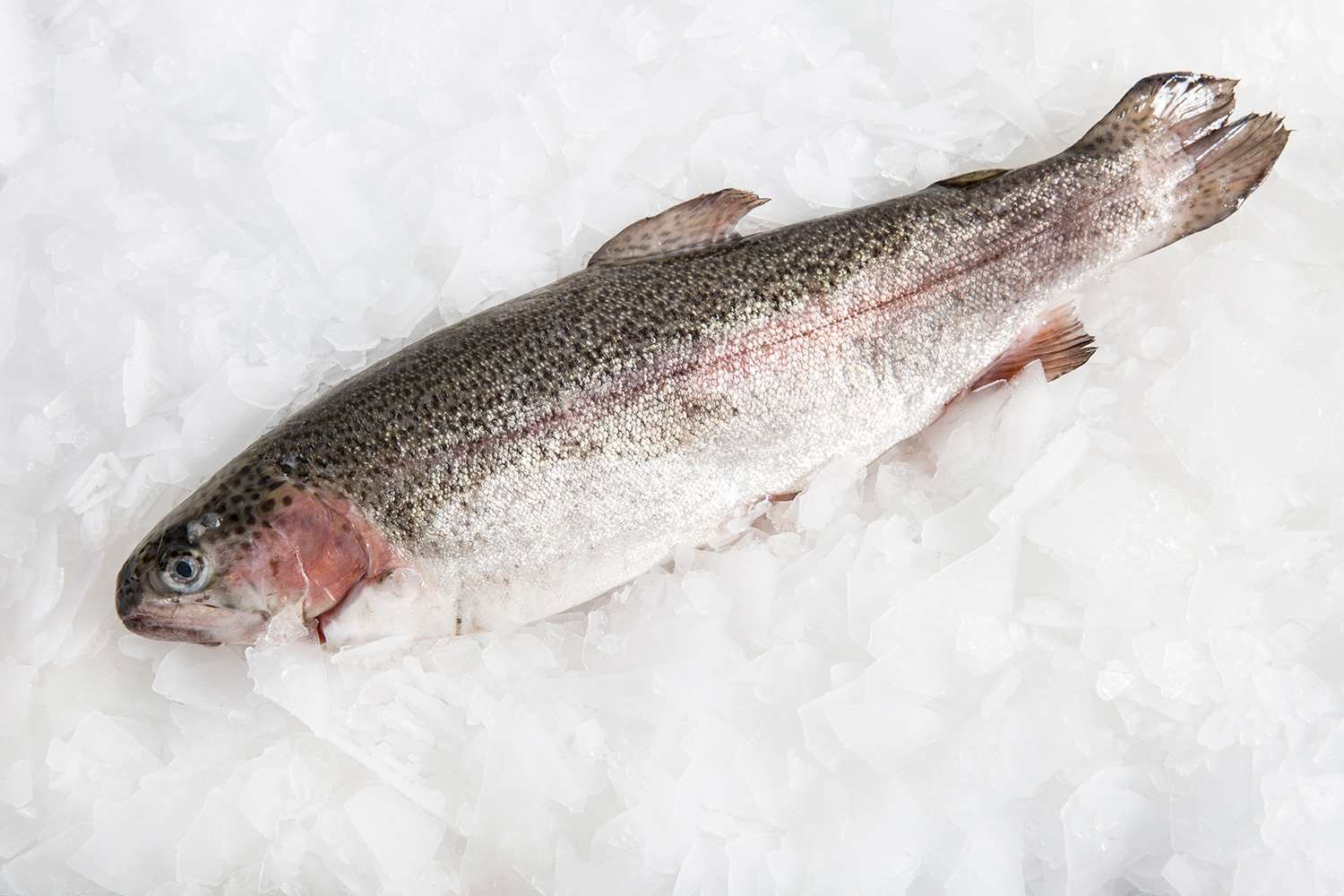
With a delectably mild flavour and a delicate texture, it’s easy to see why the Rainbow Trout is a popular type of healthy fish to eat. It’s actually quite similar to Salmon in terms of look and taste. But if you’re thinking of substituting it for Salmon, know that the lighter-coloured meat might give it away.
The nutritious fish got its name from its fascinating, multi-hued appearance. Just as tantalising are the many ways you can cook it. For starters, you can’t go wrong with a whole baked Rainbow or Steelhead Trout with lemon juice, pepper and garlic, or even a simple pan-fried farmed Rainbow Trout fillet. It’s a good source of lean protein, with a flavour and versatility to rival other meats.
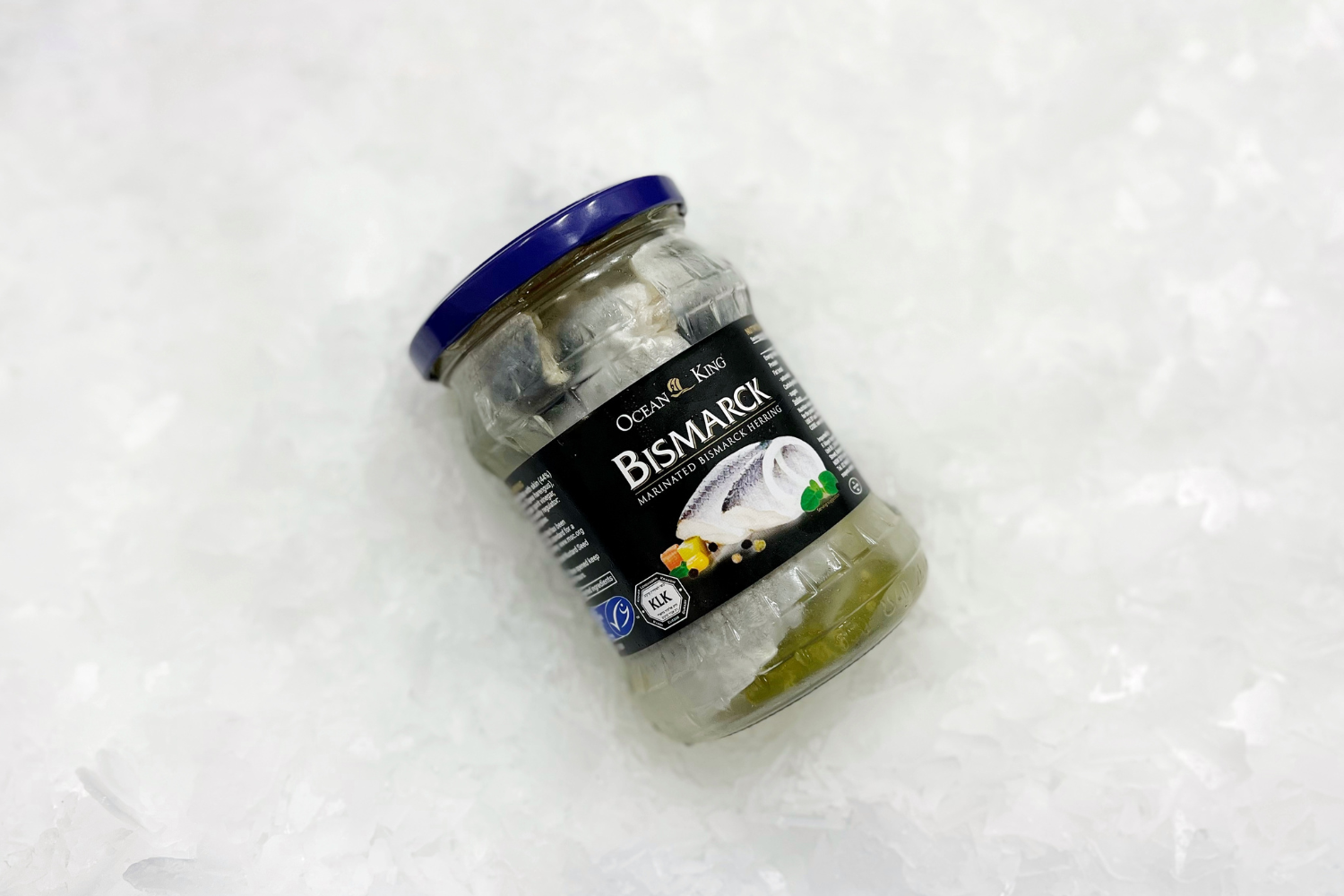
Herrings can live in both saltwater and freshwater, so they’re common in many cuisines around the world. If you’re not fond of dealing with small bones, you probably won’t see them as much of a culinary attraction. Even still, Herrings are considered by many to be one of the most delicious types of forage fish with their mild, flaky meat and pleasantly distinct flavour.
Herrings are generally oilier than other fish, and it’s part of what makes them such a healthy and succulent treat. While they are often pickled or smoked, Herring can just as easily be sautéed or broiled. If you’re keen on snacking on some seafood, you’ll love some tomato basil Herring quiche!
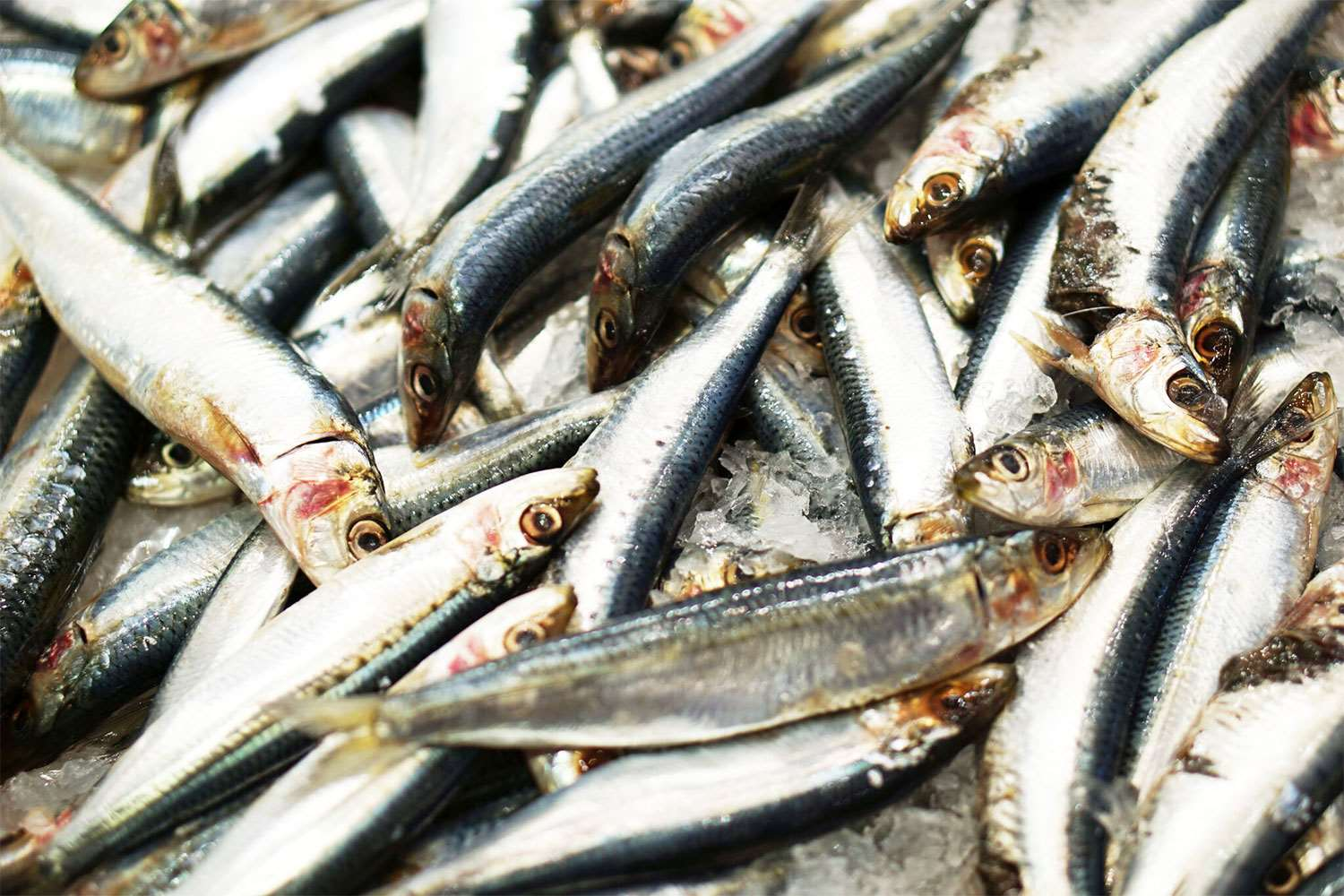
Named after the island of Sardinia in Italy, Sardines are a small type of oily fish similar to Herring. Bite-sized and typically consumed whole, Sardines can be enjoyed on their own or worked into more robust dishes.
Not only are Sardines good for you as a rich source of Omega-3, but they also pair well with citrusy food and provide a nice contrast to greens like kale and collard. A lot of people love to incorporate sardines into pasta dishes (think lemon-garlic Sardine fettuccine). You might also like to have them grilled or roasted, topped on salad or eaten straight out of the can and paired with rice.
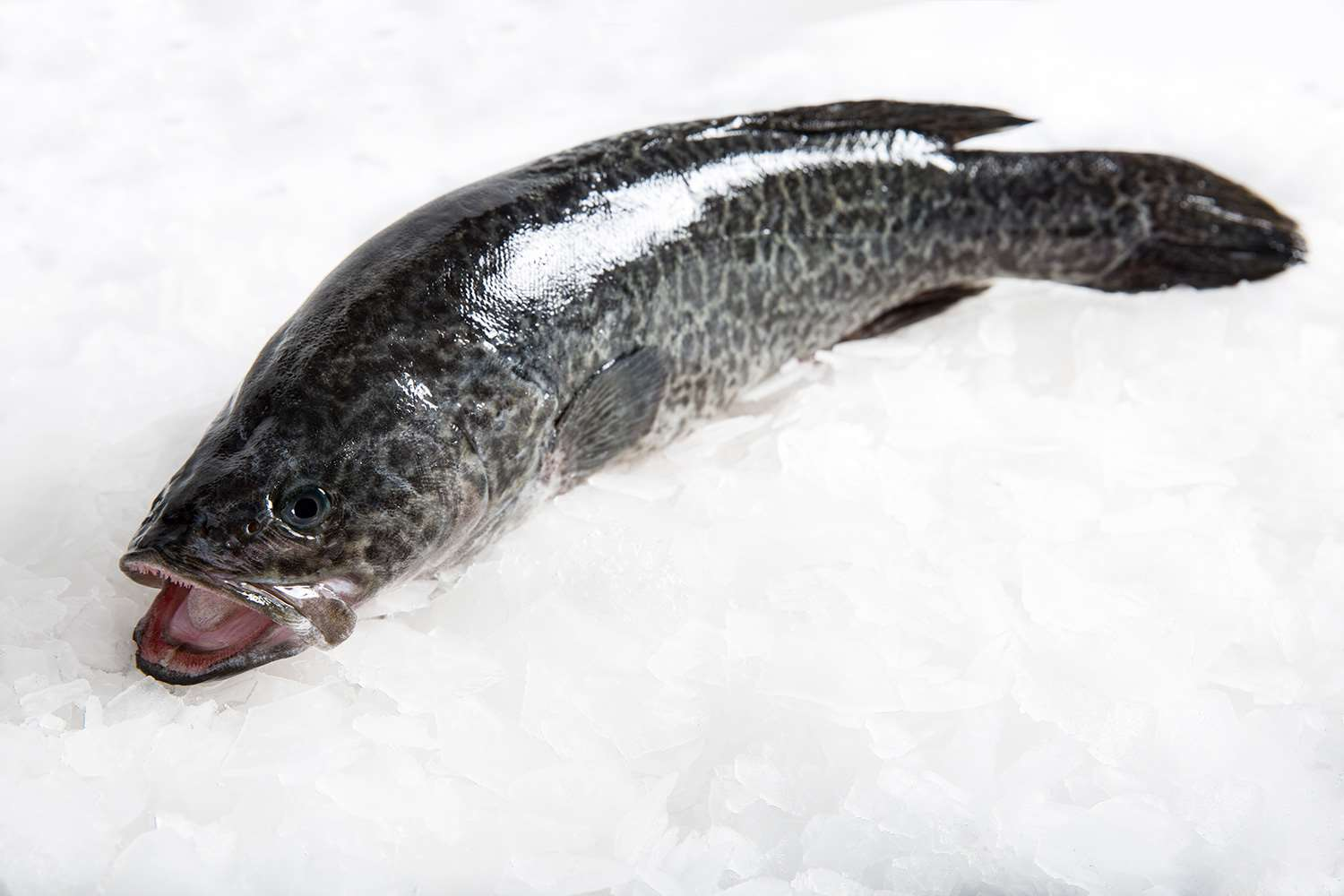
With a mild flavour and a firm, flaky texture, Cod is commonly used in fish and chips. This white fish partners well with dips and seasonings, so it’s great for fish sticks and tacos. You may also find it sold in fillets, which make it a great meal option on a busy schedule.
The Murray Cod, which is abundant in New South Wales, is particularly succulent and is perfect for making fish soups, stews and chowders.
If it’s your first time to cook fish, you might come across recipes that call for a white fish. It’s not exactly a type of fish, so don’t be confused. White fish simply refers to white-fleshed, quick-cooking types of fish often with a mild flavour. Apart from Cod, popular kinds of white fish include Tilapia, Catfish, Flounder and Bass.
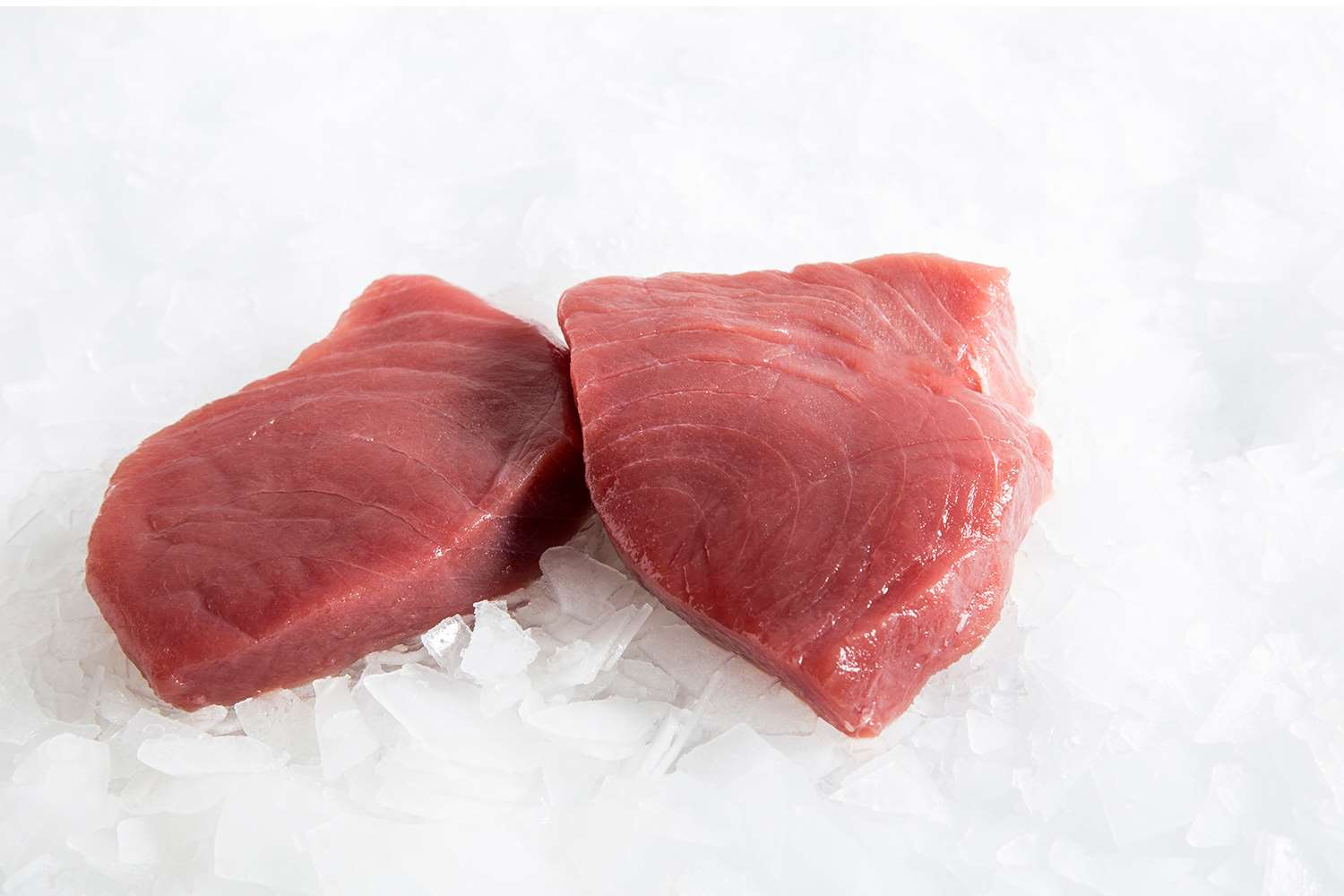
With its meaty flesh and ocean-fresh aroma, it’s easy to see why Tuna—from Atlantic Bluefin Tuna to Albacore—is a common pick among ocean produce. It’s an easy favourite, thanks to its rich flavour, availability and nutritional value. In the kitchen, Tuna is highly versatile and can be combined with pasta, bread, cheese, egg and beans, among others. Be it fresh or canned Tuna, you can also enjoy it as the primary ingredient in your salads, sandwiches, wraps, fritters—the list goes on.
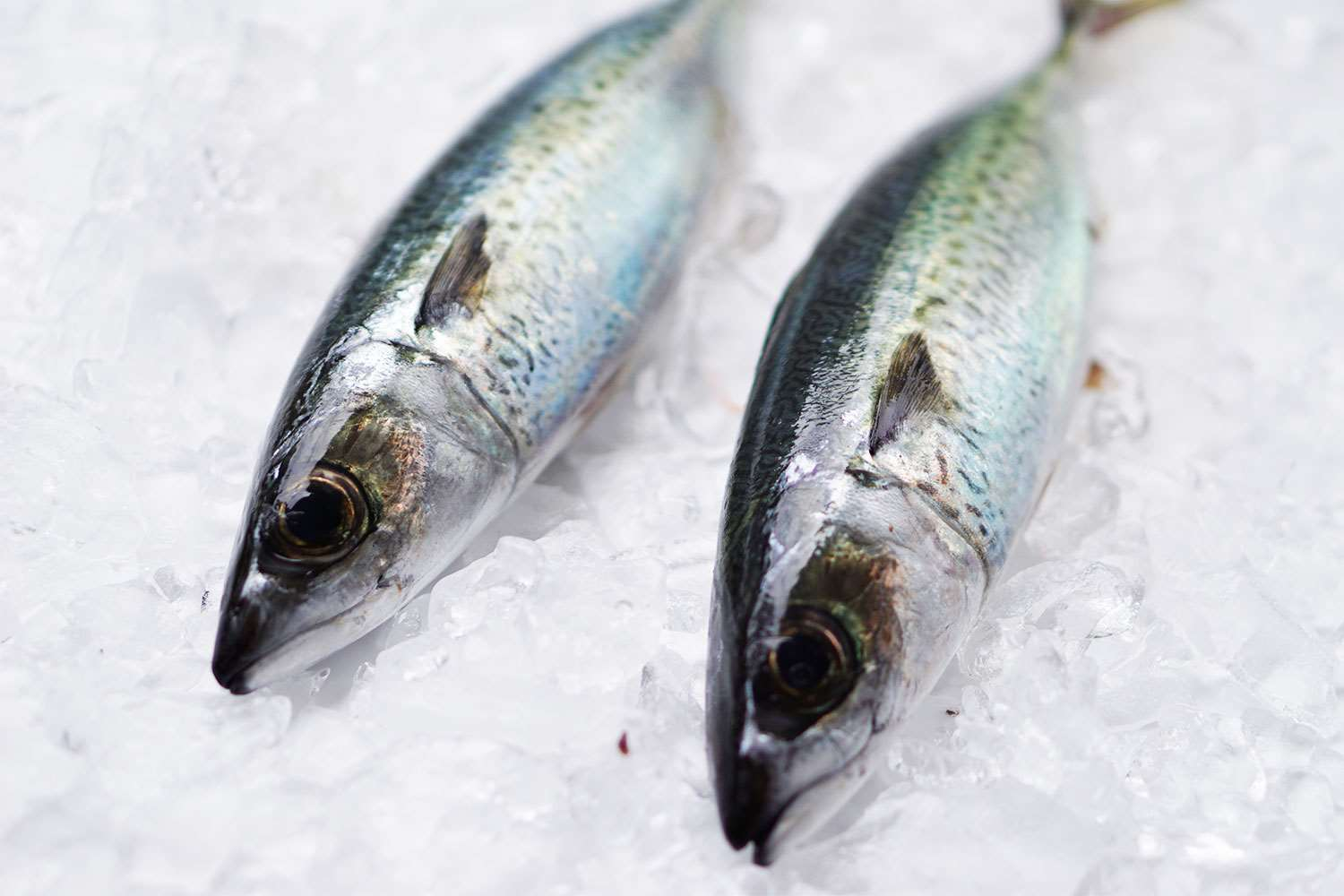
Mackerel is a beautiful-looking type of fish with a rich, soft texture and a slightly sweet and salty taste close to that of tuna. Mackerels are perfect for roasting, filleting and grilling since they tend to hold form well during the process. If you opt for blue Mackerel—which, luckily for us, is abundant in Australia—smoking and curing are excellent options. You might also love to partner it with steamed rice and broccoli or work it into a Mackerel omelette or fish cake.
Many people consider the Arctic Char as a good alternative to Wild Salmon, so you might want to look it up when the latter goes out of season. Others say it leans toward trout in terms of taste, with its satisfyingly firm meat. But if you know your fish, you’ll recognise the distinct mild flavour of the Arctic Char.
However, Arctic Char isn’t the easiest to find in the supermarket as Salmon or Trout. But if you find some, get ready for some good grilling, roasting or baking. Its delicate skin crisps up nicely, making it a superb choice for pan-frying.
If you like your fish mild, a little sweet and somewhat nutty, you probably have the Red Snapper among your list of favourites. This fish is known for its light-coloured flesh and subtle pink tinge, all of which turns to a white, medium-flakey texture when cooked. A popular cooking method for this variety is to grill or roast the whole fish, but it’s also great when fried, broiled or baked.
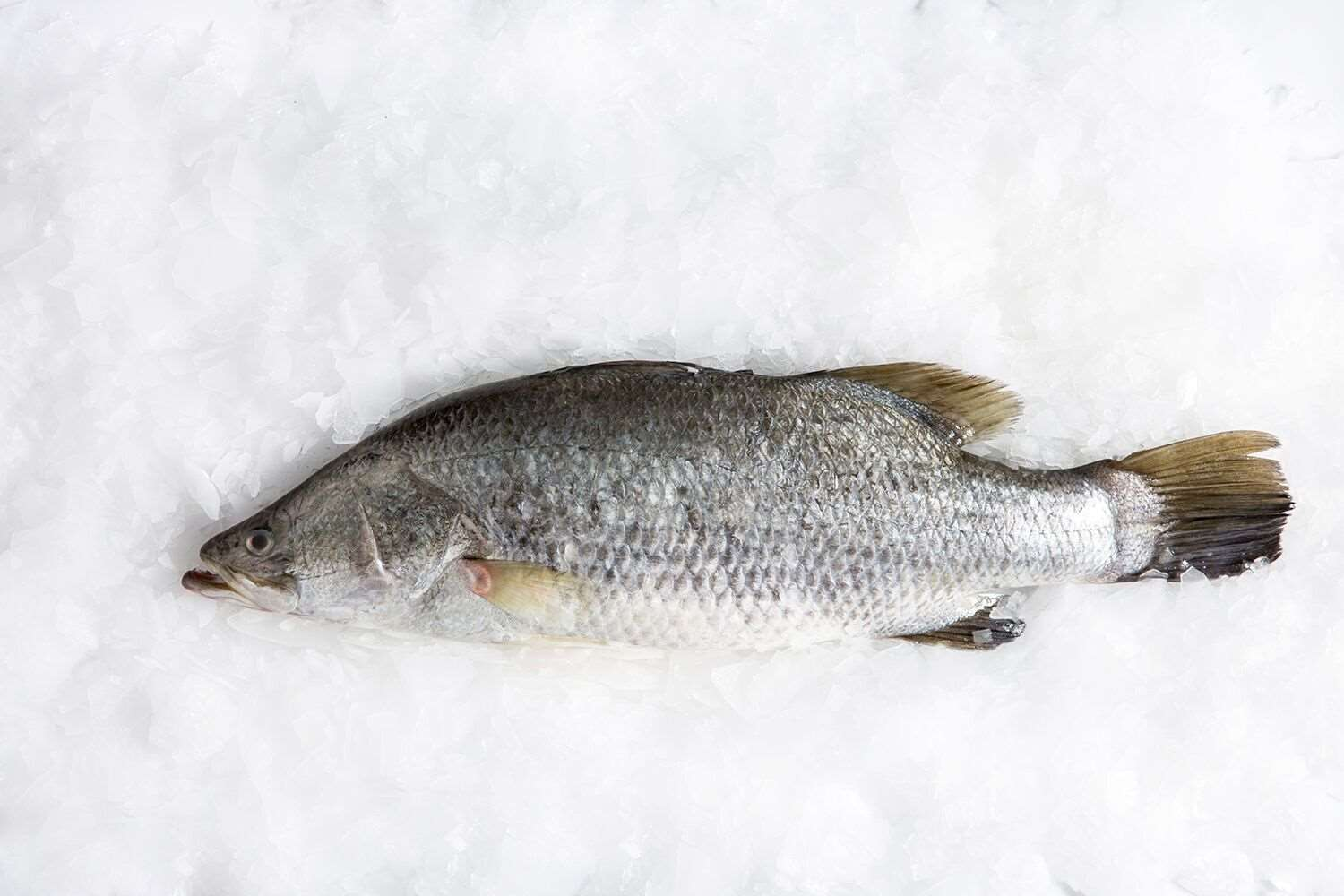
A particularly popular fish amongst seafood-loving Aussies, Barramundi’s light, gentle flavour and mouthwatering texture, is an excellent choice for anyone looking to foray into the world of ocean cuisine. It’s also easy to cook and lends itself well to various culinary techniques, including grilling, roasting, steaming and baking.
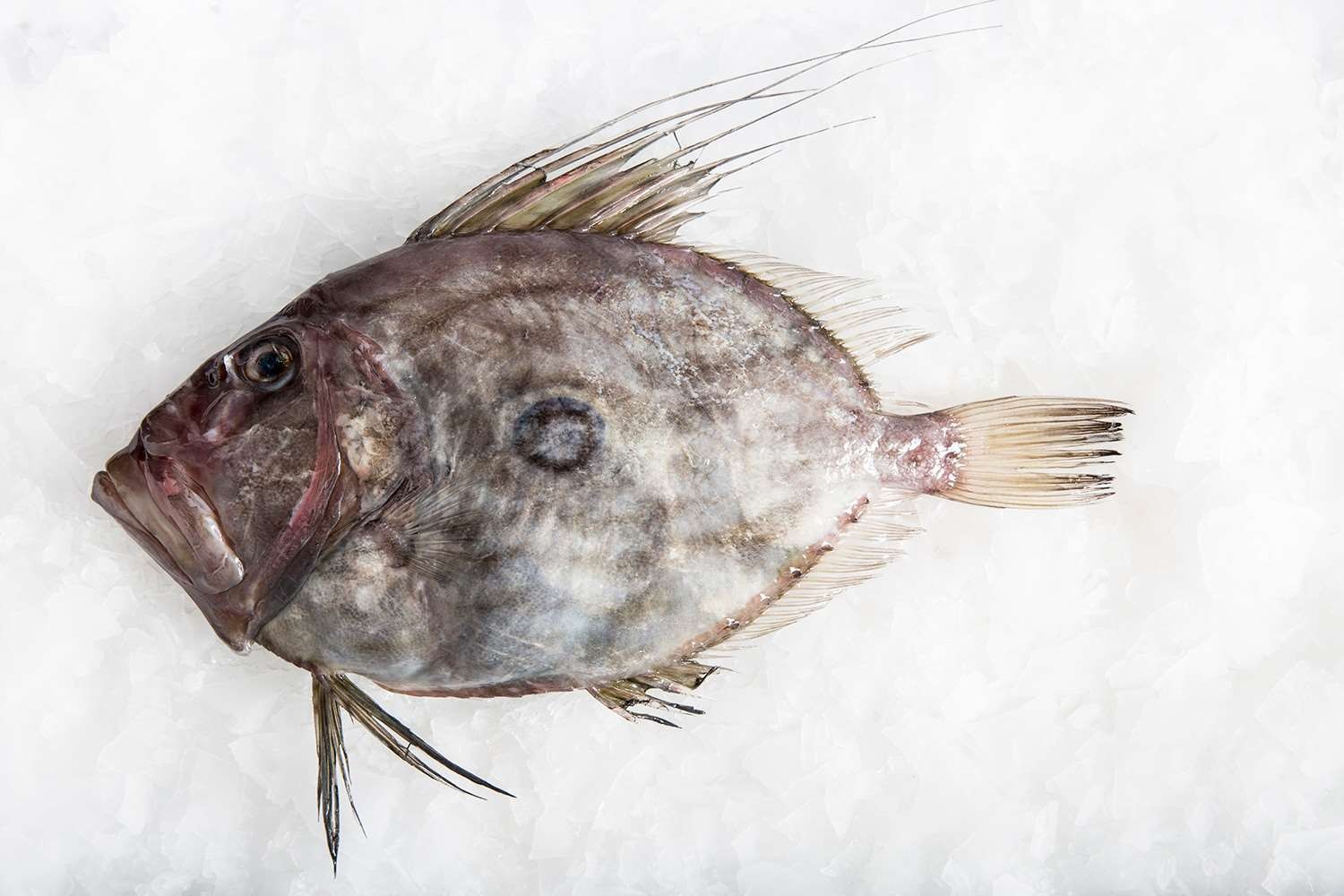
With long spines running down one side and a large, unusual-looking head, John Dory certainly dons a unique look. But with this distinctive appearance comes a delicious taste marked by a mild, sweet flavour and a somewhat buttery mouthfeel.
In case you’re curious about the name, there are many stories as to its origin. A popular one is that John is derived from the French ‘’jaune’ (yellow), in reference to its shimmering skin. What’s certain is that it is a versatile fish and can be used across a number of cuisines.
The Mediterranean pan-fried John Dory, for example, is a true family favourite. You may also like to try the simple but delicious John Dory fillet with lemon butter sauce.
Flounder offers a subtle sweetness that complements its delicate texture, making this fish a great option for those looking to expand their palate into the realm of ocean-fresh produce. One of the more popular varieties is the Sand Flounder fish, which is abundant in New Zealand. Our top picks for easy flounder recipes include baked Flounder with mixed fresh herbs, pan-seared blackened Flounder and oven-poached Flounder with garlic and olive oil.
As a rich source of Omega-3, lean protein and as well as a range of vitamins and minerals, fish can form a healthy addition to any balanced diet. Let us clue you in to some of the benefits of eating fish.
One of the most well-known fish health benefits is improved heart health, thanks mainly to its high levels of Omega-3.
The essential fats help reduce chronic inflammation, lower blood pressure and minimise the risk of cardiovascular complications. While Omega-3 is present in most fish, Salmon, Herring, Cod, Tuna, Sardines and Mackerel are among the best sources.
Omega-3 fatty acids are also important in maintaining brain health by supporting better blood flow to the organ. This has been associated with improved memory, cognition and a reduced risk of developing neurological disorders.
EPA (eicosapentaenoic acid) and DHA (docosahexaenoic acid), for instance, are two types of fatty acids found in fish oil, both linked to better brain health. And given that our bodies don’t produce these fatty acids on their own, achieving a balanced fish oil intake by eating fatty fish is all the more important.
Fish is a low-calorie, high-protein food option, making it a smart choice for people who are watching their weight. Preparation is also an important consideration in the context of weight management, with the lowest calorie methods being grilling, baking or boiling. Some of the best types of fish for protein include Tuna, Trout and Mackerel.
If you’re slow to doze off or are constantly having trouble getting a good night’s sleep, a Vitamin D deficiency might bear some of the blame. As such, incorporating fish—a rich source of vitamin D—into your diet may prove to be a smart and delicious remedy for your sleeping issues. Fatty fish like Salmon, Herring, and Sardines are good options.
Apart from Omega-3 fatty acids, protein and Vitamin D, fish is also rich in:
As you can probably deduce from the names, wild fish are those that are caught in their natural habitat (e.g., ocean, sea, lake, river and natural freshwater ponds) while farmed fish are raised in tanks or cages placed in rivers, lakes, oceans and the like. So, which variety is better for you?
The fact is—both options come with their own unique benefits. In the case of Salmon, for example, while wild-caught tends to contain more minerals, farmed Salmon are often higher in healthy fatty acids. Generally though, farmed and wild-caught fish are, for the most part, very similar in their overall health benefits.
If the recommendations of the National Health and Medical Research Council are anything to go by, then regular fish consumption is an important part of a balanced and healthy diet. But is eating fish everyday okay? Generally speaking, it is safe to eat fish on a daily basis. However, you should be mindful to stick to the weekly portion recommendations advised by Australian dietary authorities..
The National Heart Foundation of Australia recommends eating two to three 150g servings of oily fish per week.
Pregnant women, breastfeeding mothers and children, however, are advised to limit their intake or stay away from large fish like Tuna and Swordfish.
Suffice to say, with all the nutritional upsides that Tuna, Salmon and the like have to offer, healthy eating certainly can start by adding more fish to your diet.
No matter what type of fish you’re craving, be sure you’re getting the finest quality for your next meal. As an award-winning online seafood marketplace, Manettas is renowned for its high-quality ocean produce, handpicked daily and delivered to your door. Check out our weekly specials and purchase your next seafood meal today with our interactive online marketplace.